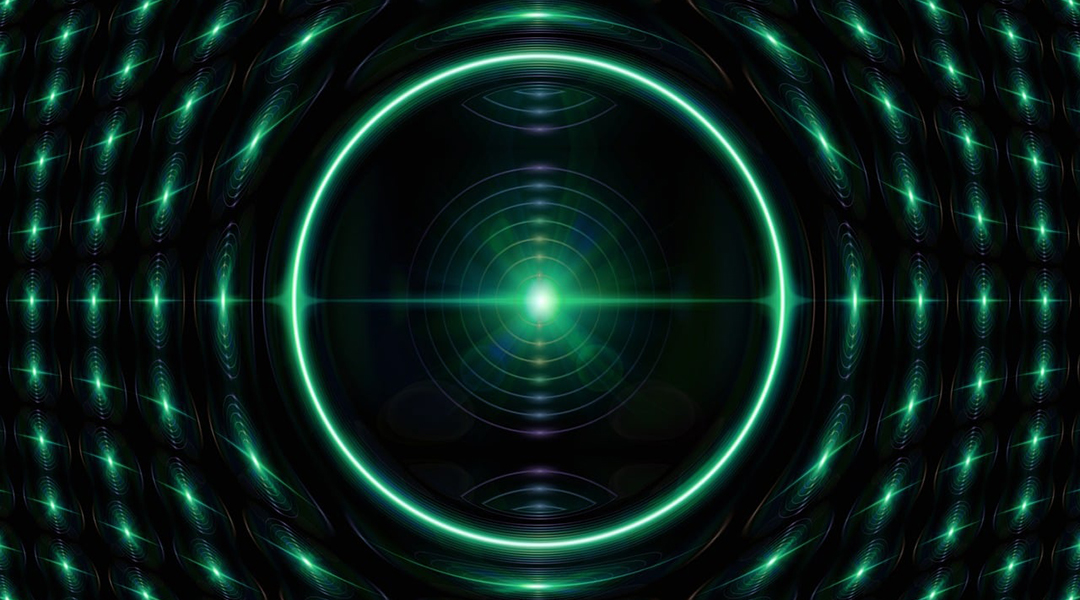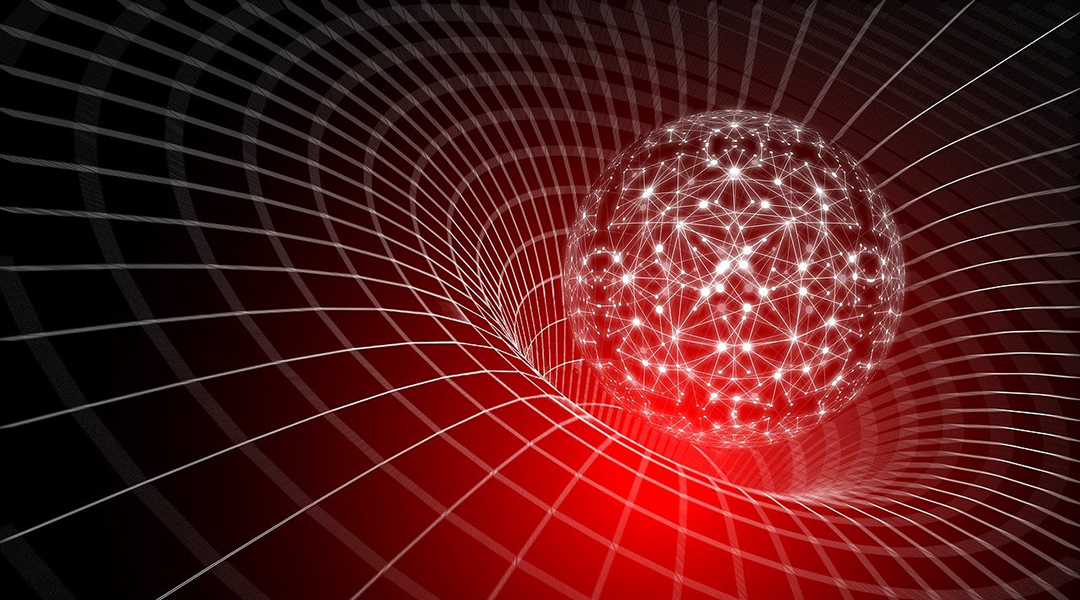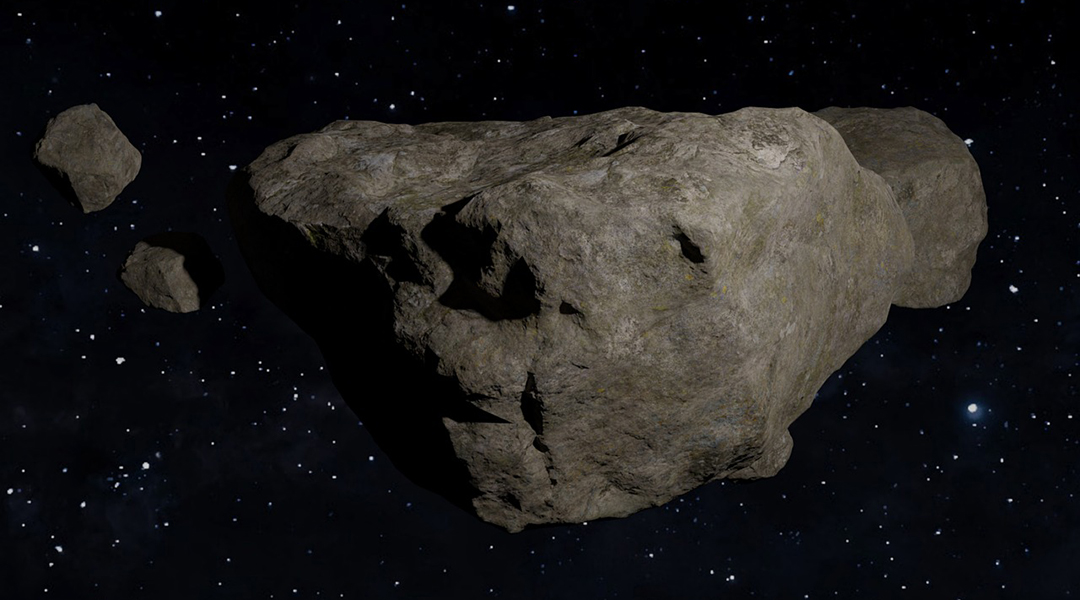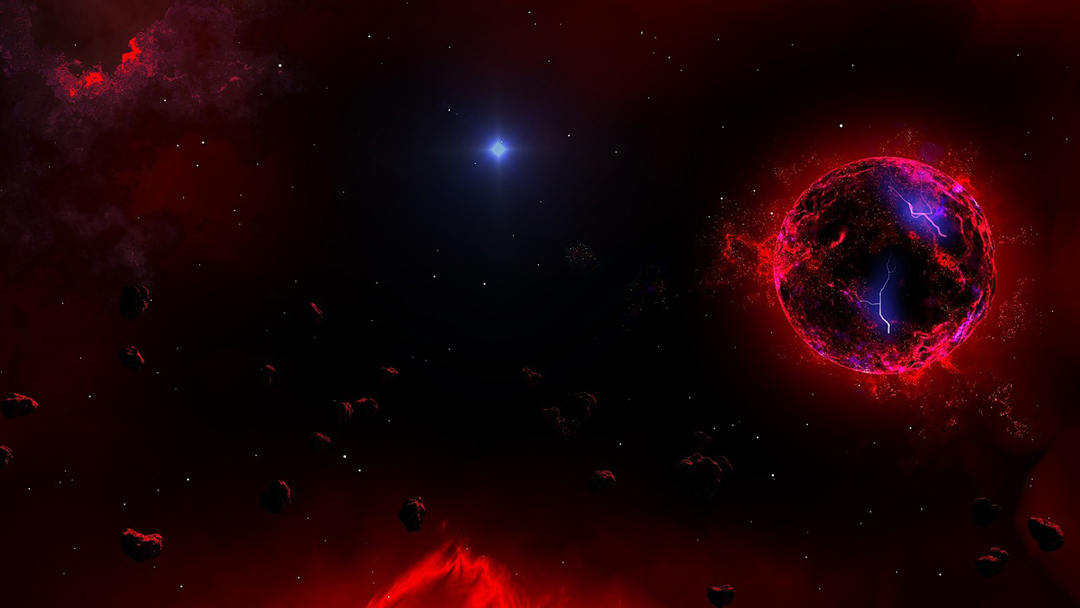The discovery of colossal structures like the Big Ring is reshaping established theories about the physics of the Universe.



The discovery of colossal structures like the Big Ring is reshaping established theories about the physics of the Universe.

Scientists have uncovered the cause of rapid degradation in powerful gallium nitride lasers and develop a solution to extend their lifespan.

Scientists create designs for quantum batteries, which harness the potential of quantum mechanics to enhance energy storage.

Adding extra dimensions to a theory known as “fuzzy gravity” may help bridge the gap between quantum mechanics and relativity.

A state-of-the-art printer with nanometer-scale precision enables the production of quantum emitters, advancing secure quantum communication.

Understanding this unique form of superconductivity is crucial and could lead to exciting applications, like functional quantum computers.

Data gathered about the M-class asteroid challenges earlier assumptions that it is unaltered planetary core.

Could neutron stars hold the key to observing dark matter? Researchers believe studying them might one day reveal this elusive substance.

New insights into the decay of a hadron particle known as a charmonium could potentially reshape our understanding of particle interactions and challenge existing theories.

Tackling heat transfer, diamond layers help build 3D circuits with lower power consumption, faster signaling, and increased performance.